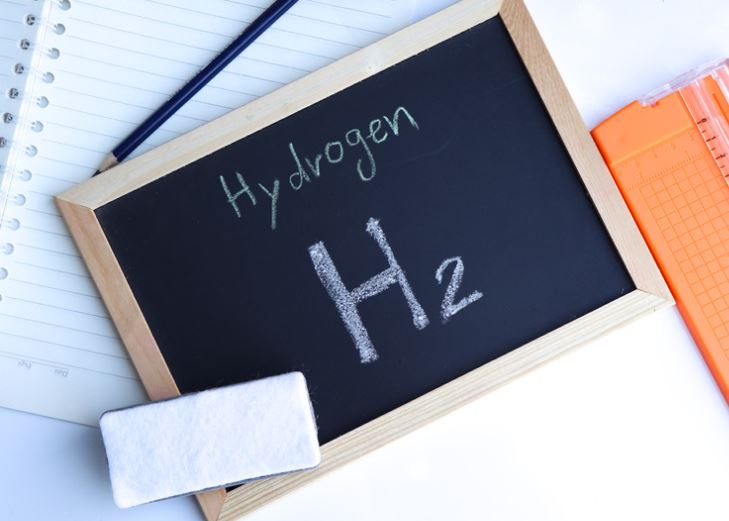Statistical shifts indicate a growing urgency in redefining energy systems within industrial parks, which contribute approximately 80% to China’s carbon emissions—a significant share of global greenhouse gases.
This has drawn attention towards hydrogen as a renewable, viable solution to bridging the gap between industrial energy demands and environmental responsibilities. Recent analyses of hydrogen-based integrated energy systems (HIES) propose connected solutions to traditional energy challenges by effectively coordinating hydrogen and renewable energy sources to optimize both economic and environmental outcomes.
The primary tension that underscores the need for hydrogen integration within industrial settings stems from balancing the economic costs with the environmental impacts of carbon emissions. As industries seek ways to adapt to evolving environmental standards, their reliance on high-temperature fossil fuels presents an ongoing challenge—renewables alone struggle due to their unpredictable output. Data underscores that the strategic implementation of HIES could lead to a 95.44% reduction in emissions, an encouraging figure for industry stakeholders who must navigate the complex landscape of energy regulations and cost efficiencies.
Currently, industrial parks are testing the waters with HIES in a variety of applications, such as substituting fossil fuels with hydrogen-enriched natural gas. These transitions are underpinned by solid oxide fuel cells (SOFCs) that facilitate direct heating technologies at requisite temperatures while eliminating carbon emissions. Case studies highlight endeavors where researchers have utilized waste heat from cement production or integrated solar energy for hydrogen production and storage. For instance, in a study by Kazi et al., the integration of renewable energy into hydrogen supply chain networks showed promising potential for industrial decarbonization, introducing a repeatable model for widespread application.
However, the economic feasibility of hydrogen, a resource known for its high production cost, remains a point of contention. Market data reflects volatile hydrogen pricing as a critical barrier. Technological innovations and economic strategies, such as the integration of hydrogen with renewable energy for seamless energy supply, suggest potential pathways to mitigating financial risks. These strategies are essential as industries explore solutions that are both economically viable and environmentally sound in the long term.
The progressive paradigm of using hydrogen as a bridge fuel opens new frontiers for energy systems. By converting intermittent renewable resources like solar and wind into storable hydrogen, the energy supply chain achieves remarkable flexibility and endurance. However, further research and practical demonstrations are crucial to establish protocols for hydrogen integration that align with grid-scale energy systems. The complexities of such projects involve precise calculations of system efficiencies and cost-benefits alongside anticipations of future energy market evolutions.
Stay updated on the latest in energy! Follow us on LinkedIn, Facebook, and X for real-time news and insights. Don’t miss out on exclusive interviews and webinars—subscribe to our YouTube channel today! Join our community and be part of the conversation shaping the future of energy.
